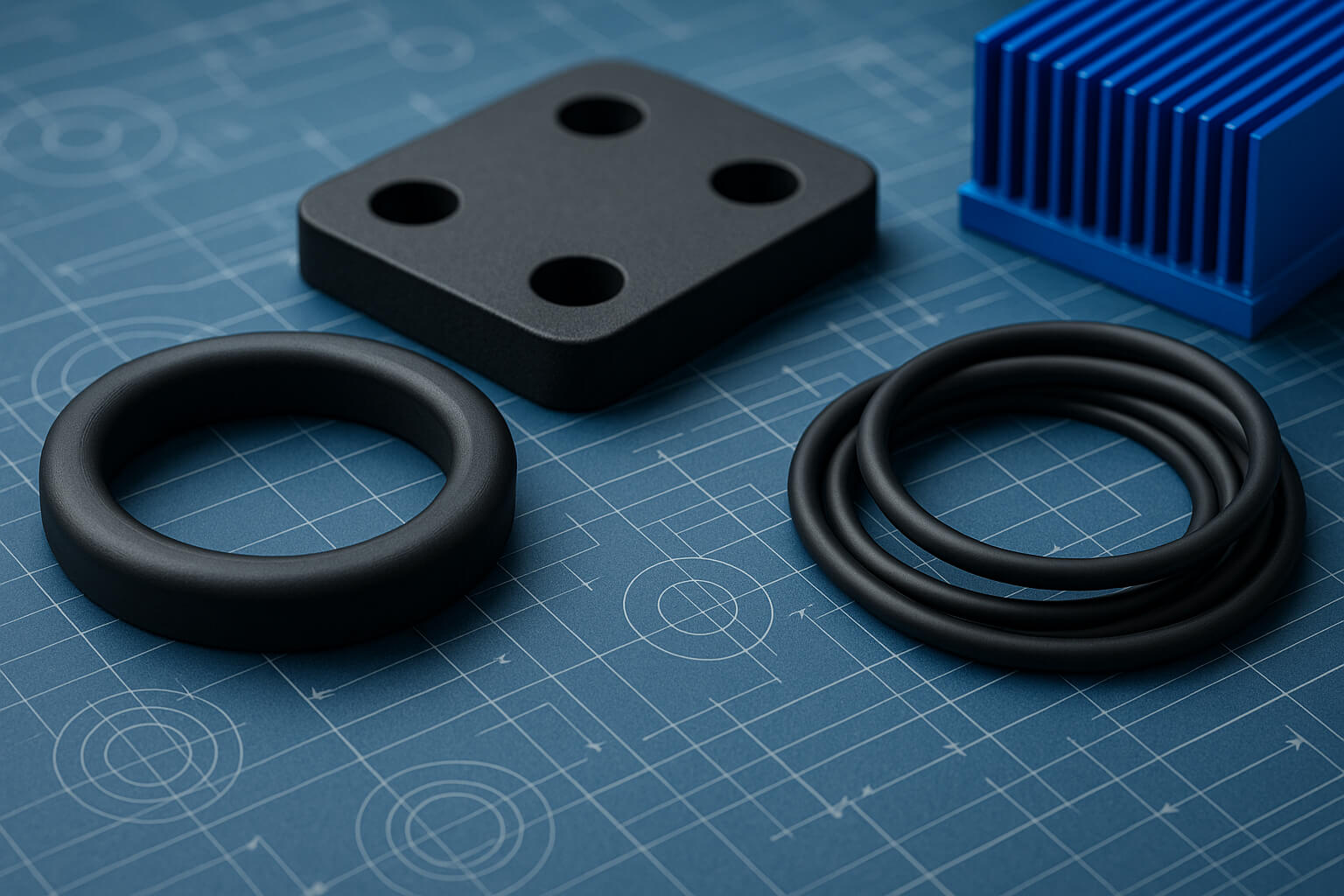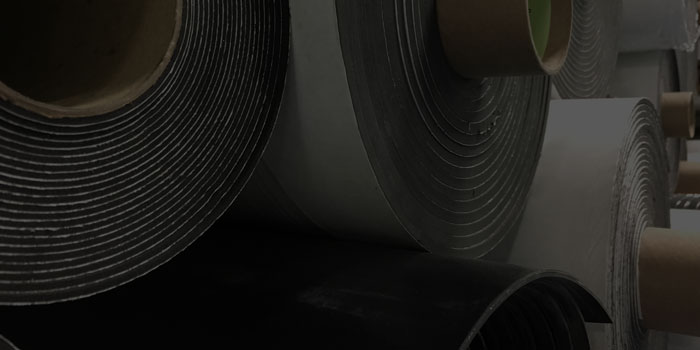
Silicone elastomers are essential materials in modern engineering, providing flexibility, durability and high-performance capabilities across various industries. Their compressibility, combined...

Consumer trends, government regulations and increasing energy costs all point to one concept that isn’t going anywhere: Energy Efficiency. Basically, better utilization of energy. Learn more about how Sur-Seal improves the energy efficiency in the HVAC industry through material innovation.
Sealing sheet metal cabinets have been a large part of furnace, air handler and commercial HVAC unit production for years. Typically, sheet metal enclosures or cabinets are fabricated in a way that thin narrow flanges are formed into metal panels and used in the actual construction of enclosures. Thin sheet metal against thin sheet metal does not provide for water or airtight seams as you might imagine. Sheet metal of the typical enclosure gauge bends and flexes when compressed together as a seam. Flexing and bending opens hills and valleys in the metal and causes a condition sometimes called “bridging”. Bridging is basically where an opening appears in the sheet metal seams between fastening points or between high and low spots on one flange or the other. These openings allow air to escape the cabinet – and reduces the efficiency of the unit.
There are three typical materials common to sealing sheet metal enclosures:
- Sponge or foamed rubber or plastic
- Fiberglass paper materials and mastic
- Butyltype patches
Sur-Seal offers all three types of sealing materials as well as provide guidance in design and material selection for the best seal for the specific application.
Sealing for Air Tightness in HVAC
When air tightness sealing is the priority and the only seal desired in an application, fiberglass paper type materials are usually cost effective and work well for sealing air and dust in high heat situations.
Sealing for Air Tightness with Moisture Concerns in HVAC
In situations where sealing moisture in the form of condensate or water are involved, closed cell plastic or rubber foam materials are used in a variety of polymer types. Typically, vinyl nitrile, silicone and PVC foams are common to sealing sheet metal cabinet seams.
Sealing HVAC Cabinet & Enclosure Doors
Doors on HVAC cabinets or enclosures are often the most difficult seal to make as doors are removable and not always positioned exactly as they were before when replaced. In most cases, foam and sponge products will set to the original position to which they were compressed. When doors are removed/replaced gaps are left where sheet metal does not line up exactly as it was before. Fortunately, certain types of sponge and foam products do not take a set and are ideal options for sealing doors and hatches in HVAC cabinets. These products will rebound to fill in where changes may exist in the position of the door flange mating to the cabinet flange.
Sealing HVAC Sheet Metal Enclosure Corners
In some sheet metal enclosures, corners can have even more gap in them than wall seams or door seams. Due to the variability in gap between the different pieces that form a corner, a foam or fiberglass material cannot compensate for the variance. These gaps are often sealed with a rubber mastic material. Rubber mastic materials are often made from butyl rubber – essentially a permanent patch. Mastics usually are cut to a shape that can cover the enter gap area and press slightly into the gap. Mastics are quite pliable and sticky; some are paintable or withstand higher heat applications, while still others are more resistant to water and or condensate solutions. Sur-Seal offers the expertise to support the decision for which mastic would be ideal.